Grey Heron
- December 8, 2023
- 0 comment
The Grey Heron, scientifically known as (Ardea cinerea), is a wading bird that belongs to the family Ardeidae. These large birds are commonly found in a variety of wetland habitats, including lakes, rivers, marshes, and coastal areas. They have a distinctive appearance with their long necks, dagger-like bills, and gray plumage. The Grey Heron is known for its patient and stealthy hunting behavior, standing motionless or wading slowly in the water before striking at prey with a rapid thrust of its bill.
Physical Appearance of Grey Heron
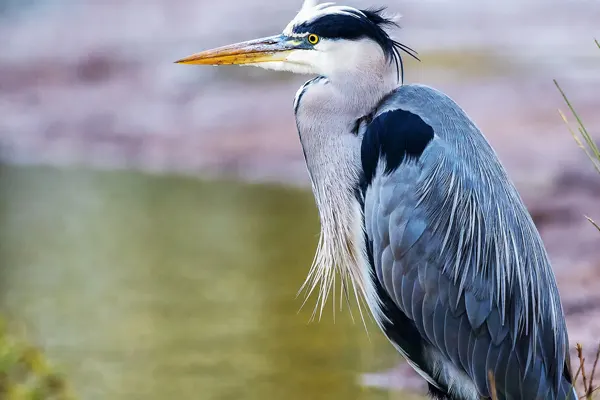
Grey Heron
- Lifespan: 5 to 10 years
- Habitat: Wetland, lakes, rivers, marshes, and coastal areas.
- Diet: Amphibians, Reptiles, Small Mammals, and Insects.
- Size: 90 to 100 cm
- Weight: 2.2 to 4.4 lbs
- Wingspan: 175 to 195 cm
- Conservation Status: Least Concern
- Population Trend: Appears stable, with no notable decline or increase reported.
Distinctive features of the Grey Heron include its long neck, dagger-like bill, and predominantly gray plumage. During the breeding season, these birds develop a white head with a striking black crest, adding to their distinctive appearance. Known for their patient and stealthy hunting techniques, Grey Herons wade in shallow waters or stand motionless on the shore, waiting for the opportune moment to strike at their prey. Their diet primarily consists of fish, but they also consume amphibians, insects, small mammals, and occasionally small birds.
Species Type of Grey Heron
The Grey Heron, scientifically classified as Ardea cinerea, is a species of wading bird belonging to the family Ardeidae. This elegant bird is characterized by its large size, measuring around 90 to 100 centimeters (35 to 39 inches) in height, with an impressive wingspan that can extend up to 175 centimeters (69 inches). The Grey Heron is widely distributed, inhabiting diverse wetland environments across Europe, Asia, and parts of Africa. Its adaptable nature allows it to thrive in various habitats, including freshwater lakes, rivers, marshes, and coastal areas.
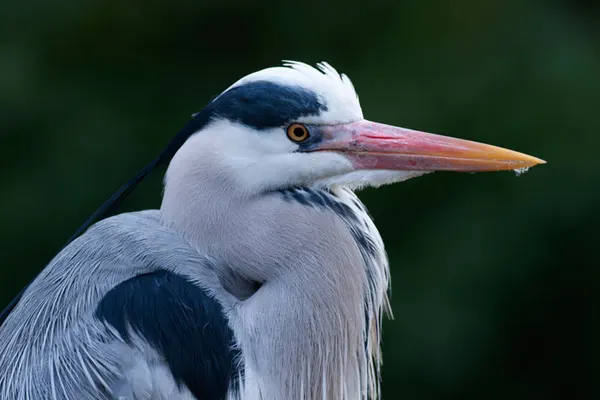
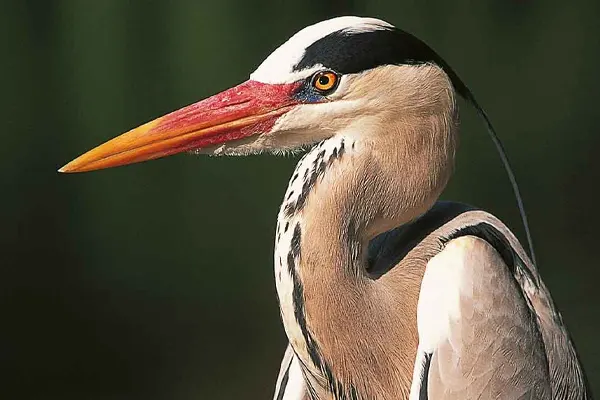
Instead, behavioral observations, such as courtship displays and nesting activities, are often used to identify the gender of Grey Herons. During the breeding season, both males and females participate in elaborate courtship rituals, including mutual preening, bill-clattering, and other displays to strengthen pair bonds. In many bird species, including Grey Herons, males may be slightly larger than females on average, but this size difference is often subtle and not easily discernible without close examination.
Feather Coloration of Grey Heron
Gray is the dominant color, especially in non-breeding plumage, the subtle variations and seasonal changes in coloration, particularly during the breeding season, add to the visual appeal of these majestic birds. The combination of gray, white, and black markings, along with the vivid coloration of the bill and eyes, makes the Grey Heron an aesthetically striking species in its natural habitat.
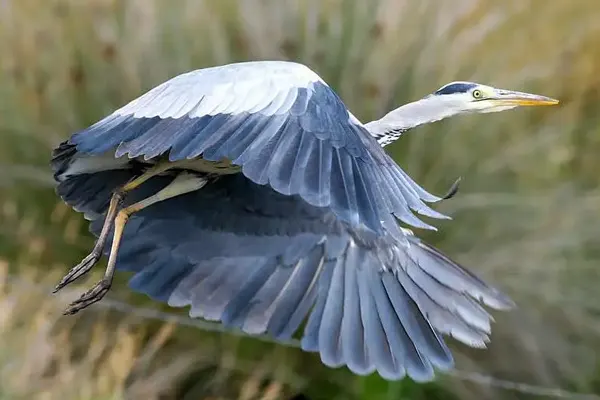

- Body Plumage: The body feathers of the Grey Heron are typically various shades of gray, providing them with a neutral coloration that blends well with the surrounding vegetation and water. The gray coloration helps these birds remain inconspicuous as they stalk prey along the water’s edge.
- Head and Neck: During the breeding season, the head and neck of Grey Herons may undergo a noticeable change in color. They can develop white or light gray plumage on the head and neck, creating a contrast with the overall gray body feathers. This change is often accompanied by the appearance of a black, shaggy crest on the head.
- Bill and Legs: The bill of the Grey Heron is usually yellowish or orange, providing a striking contrast to the gray plumage. The legs are long and slender, and the feet may have a yellowish tint. These features are adaptations for wading in shallow water and capturing prey.
- Eyes: The eyes of Grey Herons are typically yellow or amber in color, contributing to their overall appearance.
Flight Characteristics of Grey Heron
Grey Herons are known for their stealthy approach when hunting. While flying, they may use their long wings and slow wing beats to approach potential prey quietly, making them less detectable before striking. During migration or when flying over open water, Grey Herons may form loose V-shaped formations. This behavior can help reduce air resistance and provide some energy conservation benefits.
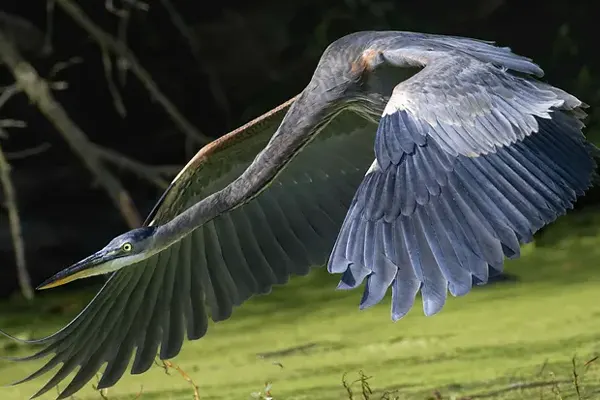
The Grey Heron’s landing is a distinctive aspect of its flight behavior. When approaching a landing site, they extend their legs and feet forward, preparing for a controlled descent. The long legs and feet contribute to their ability to land in shallow water or on uneven terrain. Display slow, steady wing beats. Their flight is typically slow and laborious, especially during takeoff, but once airborne, they can cruise at a moderate pace. They often adopt a characteristic pose with their neck retracted and legs extended straight behind, creating a streamlined appearance.
Migration Patterns of Grey Heron
Grey Herons within a given population may migrate. Some individuals, especially those in more temperate regions with abundant food resources, may remain in their breeding areas year-round. The migratory behavior of Grey Herons is influenced by a combination of environmental factors, including temperature, food availability, and the freezing of water bodies. These adaptive behaviors contribute to the species’ ability to thrive in a range of habitats throughout the year.



- Migratory Behavior: In colder regions where water bodies may freeze during winter, Grey Herons may exhibit migratory behavior. Populations in these areas, particularly in northern and central Europe, may undertake short-distance migrations to warmer regions during the winter months.
- Timing of Migration: The timing of migration can depend on factors such as local weather conditions, food availability, and the onset of colder temperatures. Migration typically occurs in the late autumn or early winter and may involve both adults and juveniles.
- Return to Breeding Grounds: As winter wanes and temperatures begin to rise, migratory Grey Herons return to their breeding grounds for the nesting season. The return migration often takes place in early spring.
Habitat & Distribution of Grey Heron
Grey Herons are commonly associated with a diverse range of wetland environments. They inhabit freshwater habitats such as lakes, rivers, ponds, and marshes. Coastal areas, estuaries, and lagoons are also frequented by Grey Herons, showcasing their adaptability to both freshwater and brackish environments.

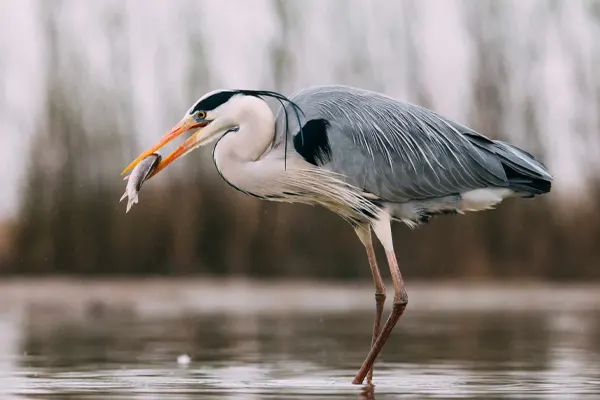
Grey Herons have a broad geographical distribution that spans from Western Europe to Eastern Asia. They can be found in countries across Europe, including the United Kingdom, France, and Germany. In Asia, their range extends through countries like India, China, and Japan. In Africa, they are present in regions such as North Africa and South Africa.
Behavioral Traits of Grey Heron
Grey Herons are renowned for their patient and methodical hunting behavior. They often stand motionless in the water or on the shore, waiting for prey to come within striking distance. This patience is a key strategy in their hunting technique. When hunting, Grey Herons use their long, sharp bills to strike quickly and accurately at fish, amphibians, insects, and other prey. Their rapid thrusting motion is a highly effective means of capturing food.

- Wading and Foraging: Grey Herons are well-adapted to wading in shallow waters. They use their long legs to slowly move through the water, carefully scanning for prey. Their ability to forage in various aquatic environments contributes to their success as opportunistic feeders.
- Territoriality: Grey Herons can be territorial, especially during the breeding season. They may defend their nesting sites and foraging areas from other herons and potential intruders.
Role in the Ecosystem of Grey Heron
Grey Heron is not only a majestic and adaptable species but also a vital contributor to the ecological balance of wetland ecosystems. Its presence influences population dynamics, nutrient cycling, and habitat structure, making it an integral part of the intricate web of life in these environments. As top predators in their ecosystems, Grey Herons help regulate fish and amphibian populations, contributing to the overall balance of wetland ecosystems.

- Control of Pest Species: By preying on fish, amphibians, and insects, Grey Herons can help control populations of potential pest species. This can have positive effects on agricultural areas adjacent to wetlands by reducing the number of pests that may harm crops.
- Indicator of Ecosystem Health: The presence and behavior of Grey Herons can serve as indicators of the health of wetland ecosystems. Changes in their population, breeding success, or foraging behavior may signal shifts in environmental conditions, water quality, or prey availability.
- Habitat Engineering: Through their nesting activities, Grey Herons contribute to habitat engineering. Heronries (colonies of nesting herons) create a unique environment in trees, influencing the local vegetation and providing shelter for various other bird species, including smaller waterbirds.
- Nutrient Cycling: Herons play a role in nutrient cycling within wetlands. The remains of prey they consume, such as fish scales or bones, contribute to nutrient enrichment in the water. This, in turn, can benefit aquatic plants and other organisms in the ecosystem.
- Seed Dispersal: Grey Herons inadvertently contribute to seed dispersal when they move between different wetland habitats. Seeds attached to their feet or plumage can be transported to new locations, aiding in the distribution of plant species.
Dietary Habits of Grey Heron
The feeding behavior of Grey Herons is characterized by their patient and stealthy approach. They often stand still or move slowly through the water, waiting for the right moment to strike at prey. Their long necks and sharp bills are well-suited for capturing a diverse range of prey items. These dietary habits highlight the adaptability of Grey Herons to various wetland environments and their role as opportunistic predators in maintaining the balance of local ecosystems.
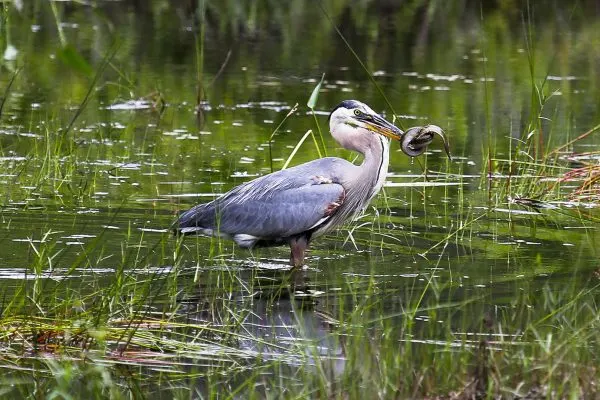
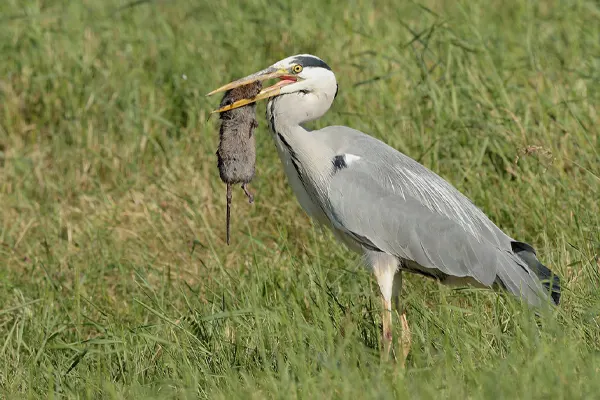
- Fish: Fish make up a substantial portion of the Grey Heron’s diet. They are skilled hunters, employing a patient stalking strategy before striking with their sharp bills. Grey Herons may catch a variety of fish species, ranging from small minnows to larger fish.
- Amphibians: Herons are opportunistic feeders and readily consume amphibians, including frogs and newts. They may wade through shallow waters to locate and capture these prey items.
- Insects: Insects play a significant role in the diet of Grey Herons, especially during the breeding season when the demand for food increases. Herons may catch insects such as dragonflies, damselflies, beetles, and other aquatic insects.
- Crustaceans: Crustaceans, such as crabs and crayfish, are part of the Grey Heron’s diet. These are often found in freshwater habitats, and herons use their specialized bills to capture and consume them.
- Reptiles: While less common than fish and amphibians, reptiles like snakes and small turtles may also be consumed by Grey Herons. They are opportunistic hunters and will take advantage of various available prey.
- Small Mammals: Grey Herons may target small mammals, such as voles, mice, and even the young of larger mammals if available. Their hunting technique involves stalking through grassy or marshy areas.
- Birds: Although less common, Grey Herons may prey on small birds, particularly chicks or fledglings. This behavior is more likely observed in heronries where multiple bird species coexist.
- Carrion: Grey Herons are known to scavenge and feed on carrion, taking advantage of available food sources. They may opportunistically consume dead fish or other animals.
Interesting Facts of Grey Heron
Grey Herons are skilled hunters with a distinctive and specialized technique. When hunting, they extend their long necks and use lightning-fast strikes with their sharp bills to stab at prey. This method allows them to be precise and efficient in capturing a variety of aquatic and terrestrial prey.

During the breeding season, Grey Herons engage in a complex courtship display to establish and strengthen pair bonds. This display involves various postures, calls, and ritualized movements. Mutual preening, bill-clattering, and stretching are part of this elaborate courtship behavior, showcasing the intricacies of their social interactions and the importance of communication in their reproductive rituals.
Nesting Habits of Grey Heron
Understanding the nesting habits of Grey Herons provides insights into their reproductive strategies, adaptability, and the importance of suitable nesting sites in their life cycle. The communal nesting behavior also emphasizes the significance of social interactions within heron colonies.

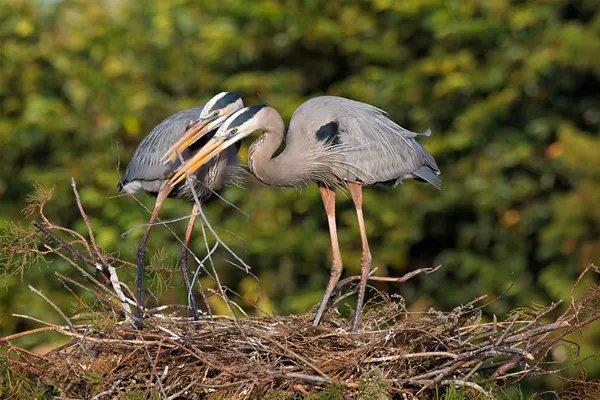
- Nesting Sites: Grey Herons typically build their nests in tall trees, often choosing locations near water bodies such as lakes, rivers, ponds, or marshes. These nesting sites are collectively known as heronries or colonies. The choice of nesting sites is strategic, providing proximity to suitable foraging grounds and minimizing disturbances.
- Nest Construction: Both male and female Grey Herons contribute to nest building. They construct large stick nests, often adding fresh sticks to existing ones each breeding season. The nests are typically situated in the crowns of tall trees, providing a secure platform for incubating eggs and raising chicks.
- Colony Living: Grey Herons are known to nest in colonies, where multiple nests are built near one another. These heronries can range in size, with numerous pairs of herons coexisting in a relatively small area. The communal nesting behavior may serve as a defense mechanism against predators.
Melodious Song & Vocalizations of Grey Heron
The vocalizations of Grey Herons are diverse and serve various functions in their social structure and communication. These calls are integral to their breeding behavior, foraging coordination, and the establishment of social hierarchies within heron colonies.

- “Fraaank” or “Kraak” Calls: The most common call of the Grey Heron is a loud, harsh “fraaank” or “kraak” sound. This call is often heard during flight, while the heron is in its nesting area, or when it is disturbed. The call is distinctive and can carry over long distances, serving as a form of communication between individuals.
- Courtship Calls: During the breeding season, Grey Herons engage in courtship displays accompanied by specific vocalizations. These calls, often softer and more varied than their typical calls, play a role in strengthening pair bonds and signaling readiness for mating.
- Nesting Site Communication: Within a heronry or nesting colony, Grey Herons use vocalizations to communicate with their mate and neighboring herons. These calls help establish and maintain territorial boundaries and prevent conflicts over nesting sites.
- Alarm Calls: Grey Herons are vigilant birds, and they have distinct alarm calls to warn others of potential threats. These alarm calls may vary in intensity and pitch depending on the perceived level of danger.
Ecological Significance of Grey Heron
Grey Herons contribute to ecosystem health by controlling prey populations and influencing the structure of their habitats. The Grey Heron’s ecological significance extends beyond its role as a predator; it influences the structure and function of wetland ecosystems, contributing to their overall health and resilience. Understanding and conserving the habitats that support Grey Herons is essential for maintaining the ecological balance of these valuable environments.
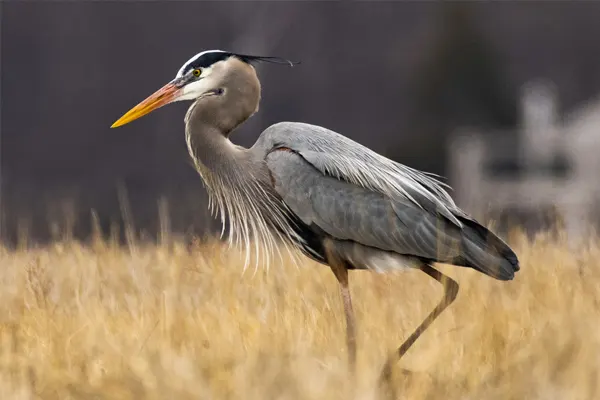
- Control of Pest Species: By preying on certain species, such as fish and insects, Grey Herons help control populations of potential pests. This can have positive effects on agricultural areas adjacent to wetlands by reducing the number of pests that may harm crops.
- Indicator Species: The presence and behavior of Grey Herons can serve as indicators of the health and quality of wetland ecosystems. Changes in their population dynamics, breeding success, or foraging behavior may reflect alterations in environmental conditions, water quality, or the availability of prey species.
The Grey Heron’s ecological significance extends beyond its role as a predator; it influences the structure and function of wetland ecosystems, contributing to their overall health and resilience. Understanding and conserving the habitats that support Grey Herons is essential for maintaining the ecological balance of these valuable environments.
Conservation Status of Grey Heron
It’s important to note that while the global population of Grey Herons is stable, localized threats such as habitat loss, disturbance to nesting sites, and pollution can impact specific populations. Conservation efforts may focus on mitigating these local threats to ensure the continued well-being of Grey Heron populations.


- Wide Distribution: Grey Herons have a broad geographical distribution, spanning Europe, Asia, and parts of Africa. Their adaptability to various wetland habitats contributes to their widespread presence.
- Population Stability: Overall, Grey Heron populations are considered stable. They are capable of thriving in diverse environments, including natural wetlands, reservoirs, and even urban areas, demonstrating their resilience to different conditions.
- Abundance: Grey Herons are often locally abundant, and their populations are not significantly impacted by human activities in many regions.
Research and Ongoing Studies of Grey Heron
Studies often focus on the breeding ecology of Grey Herons, including nesting behavior, reproductive success, and factors influencing nest site selection. Researchers may investigate the impact of environmental variables on breeding populations. Understanding the foraging behavior of Grey Herons is crucial for assessing their role in wetland ecosystems. Research may involve diet analysis, prey selection, and the dynamics of foraging habitats.
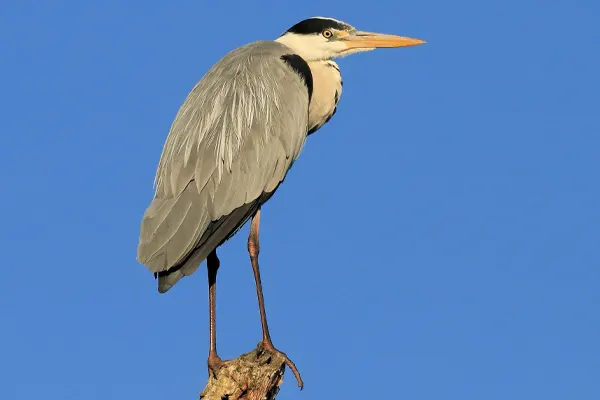
- Ecological Interactions: Grey Herons interact with other species in their habitats. Research may explore how these interactions, such as competition for resources or nesting sites, influence the herons and their ecosystems.
- Urban Ecology: As Grey Herons can adapt to urban environments, studies may investigate their ecology in urban settings, including the impact of human activities, availability of food resources, and nesting behavior in urbanized landscapes.
- Health and Disease: Monitoring the health of Grey Heron populations is essential. Research may involve studying diseases, contaminants, and other factors affecting the health of individuals and populations.
- Conservation Strategies: Studies may assess the effectiveness of conservation measures and strategies aimed at protecting Grey Herons and their habitats. This includes habitat restoration, mitigating human disturbances, and addressing specific threats.
Educational and Ecotourism Opportunities
Combining conservation efforts with educational and ecotourism initiatives, Grey Herons can become ambassadors for wetland ecosystems, fostering appreciation and understanding of the interconnectedness of nature. These activities contribute to both the local economy and the long-term conservation of these charismatic avian species.

- Observation and Interpretation: Grey Herons are easily observable in their natural habitats, particularly in wetlands, lakes, rivers, and coastal areas. This provides an excellent opportunity for nature enthusiasts, students, and tourists to observe their behavior, including hunting, nesting, and social interactions. Interpretative programs can be developed to educate visitors about the heron’s ecology and role in the ecosystem.
- Birdwatching Tours: Guided birdwatching tours focusing on Grey Herons can be organized to showcase their diversity, behavior, and adaptability. Knowledgeable guides can provide insights into their nesting habits, foraging techniques, and the importance of wetland conservation.
- Educational Programs: Nature reserves, wildlife centers, and educational institutions can develop programs to educate students and the public about Grey Herons and wetland ecosystems. These programs can include guided tours, interactive exhibits, and workshops to promote environmental awareness and conservation.
- Photography Workshops: Grey Herons, with their striking appearance and behaviors, offer excellent subjects for wildlife photography. Photography workshops can be organized to teach participants about ethical wildlife photography while capturing the beauty of these birds in their natural environment.
- Research Opportunities: Educational institutions can engage students in field research projects focused on Grey Herons. This hands-on experience allows students to contribute to scientific understanding while gaining valuable fieldwork skills.
Conclusion
The Grey Heron (Ardea cinerea) stands as a remarkable avian species with a widespread and adaptable presence in wetland ecosystems. Its significance extends beyond its striking appearance, encompassing ecological, educational, and ecotourism dimensions.
Ecologically, the Grey Heron plays a crucial role as an apex predator, regulating prey populations and contributing to the balance of wetland ecosystems. Through nesting habits, foraging behaviors, and adaptability, these birds exemplify nature’s intricacies and resilience.
In essence, the Grey Heron embodies the interconnectedness of nature, illustrating the delicate balance of species within ecosystems. As we appreciate and understand these magnificent birds, we deepen our commitment to preserving the habitats they inhabit, ensuring a harmonious coexistence between wildlife and human communities. The Grey Heron, with its elegance and ecological importance, invites us to explore, learn, and actively participate in the conservation of our natural world.




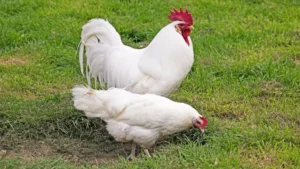
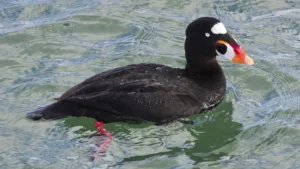
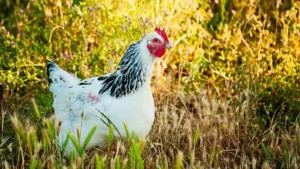


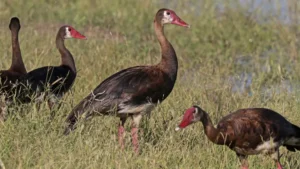
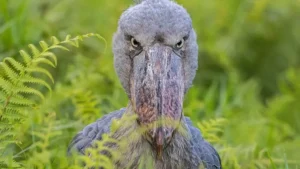
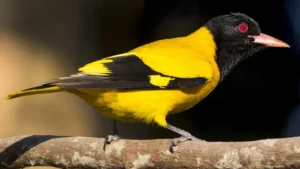

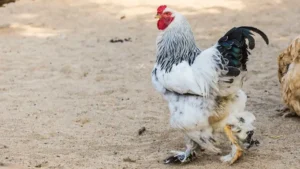
Leave your comment